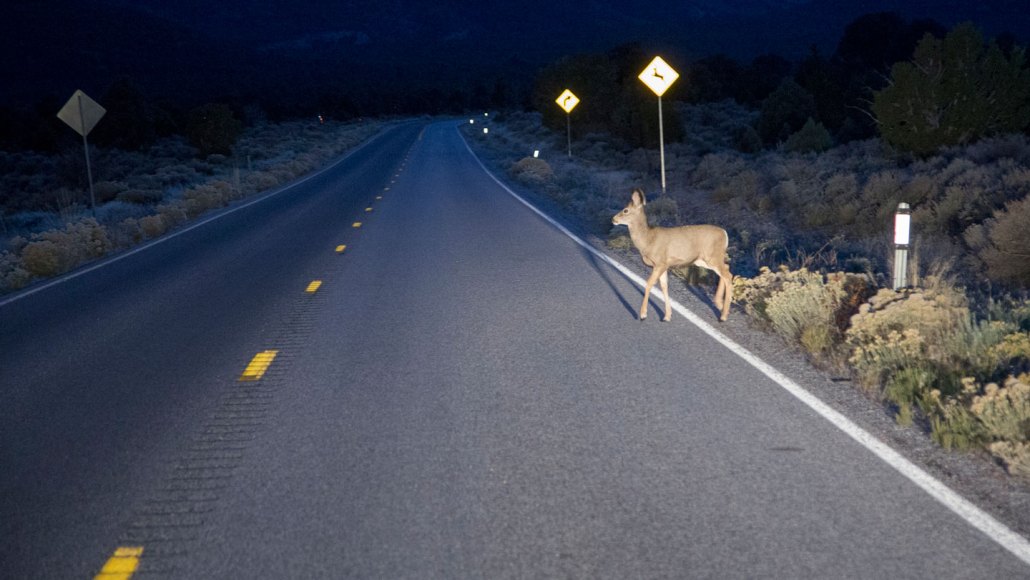Cars hit more deer in the week after daylight saving time ends
Permanent daylight saving time could save tens of thousands of deer and dozens of people

Turning the clocks back after daylight saving time means more people drive in the dark. They are also more likely to collide with deer. Scientists estimate keeping daylight saving time could save dozens of human lives.
frontpoint/iStock/Getty Images Plus







